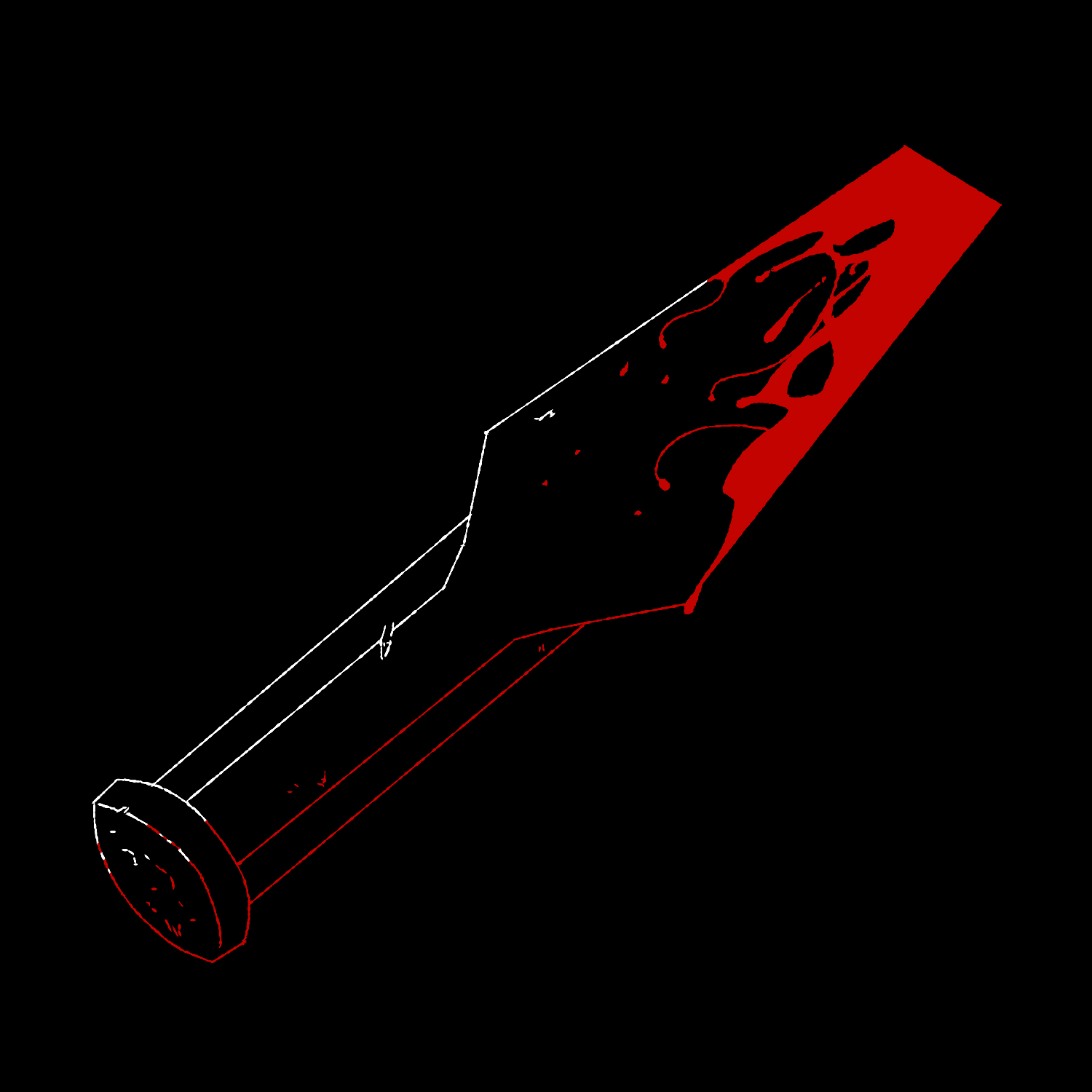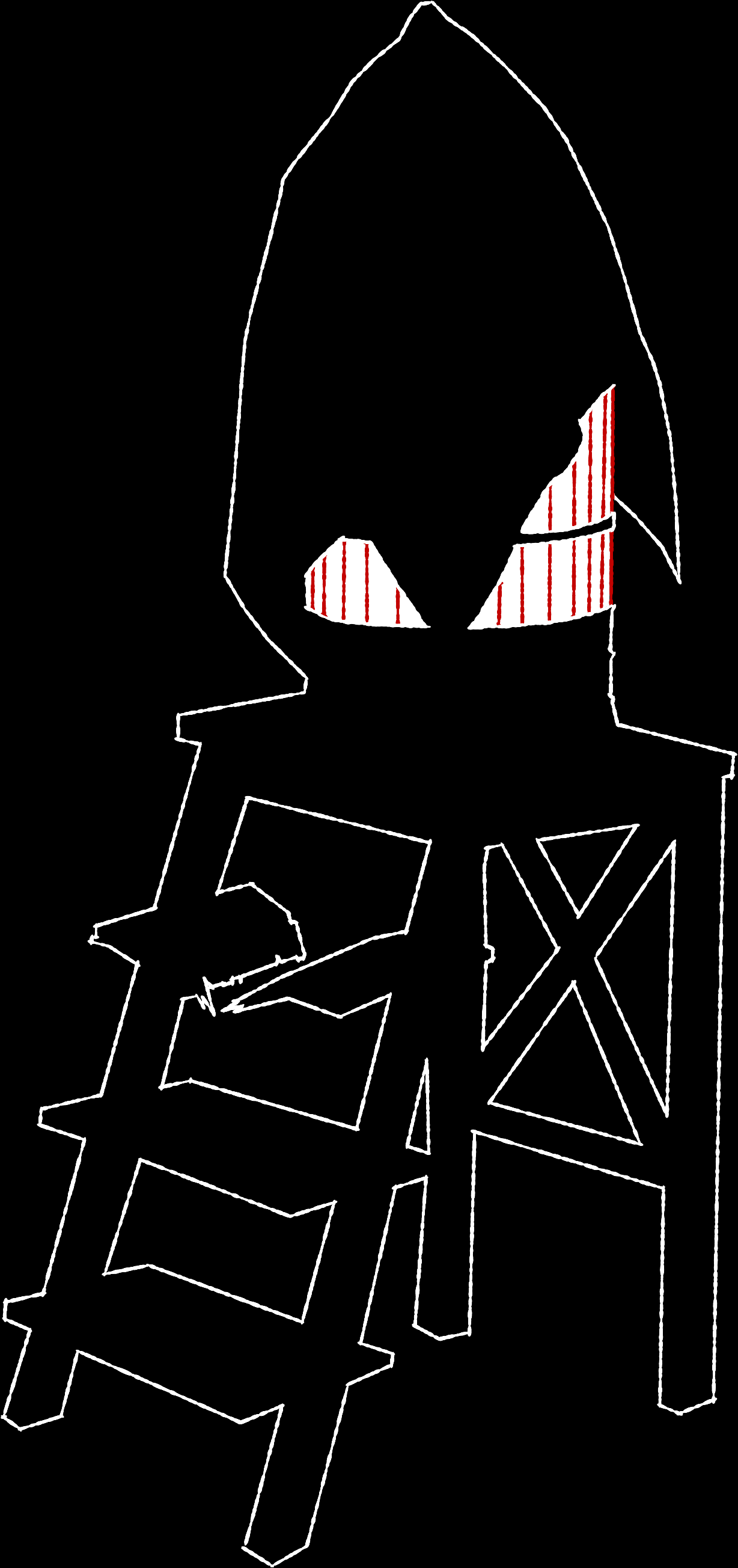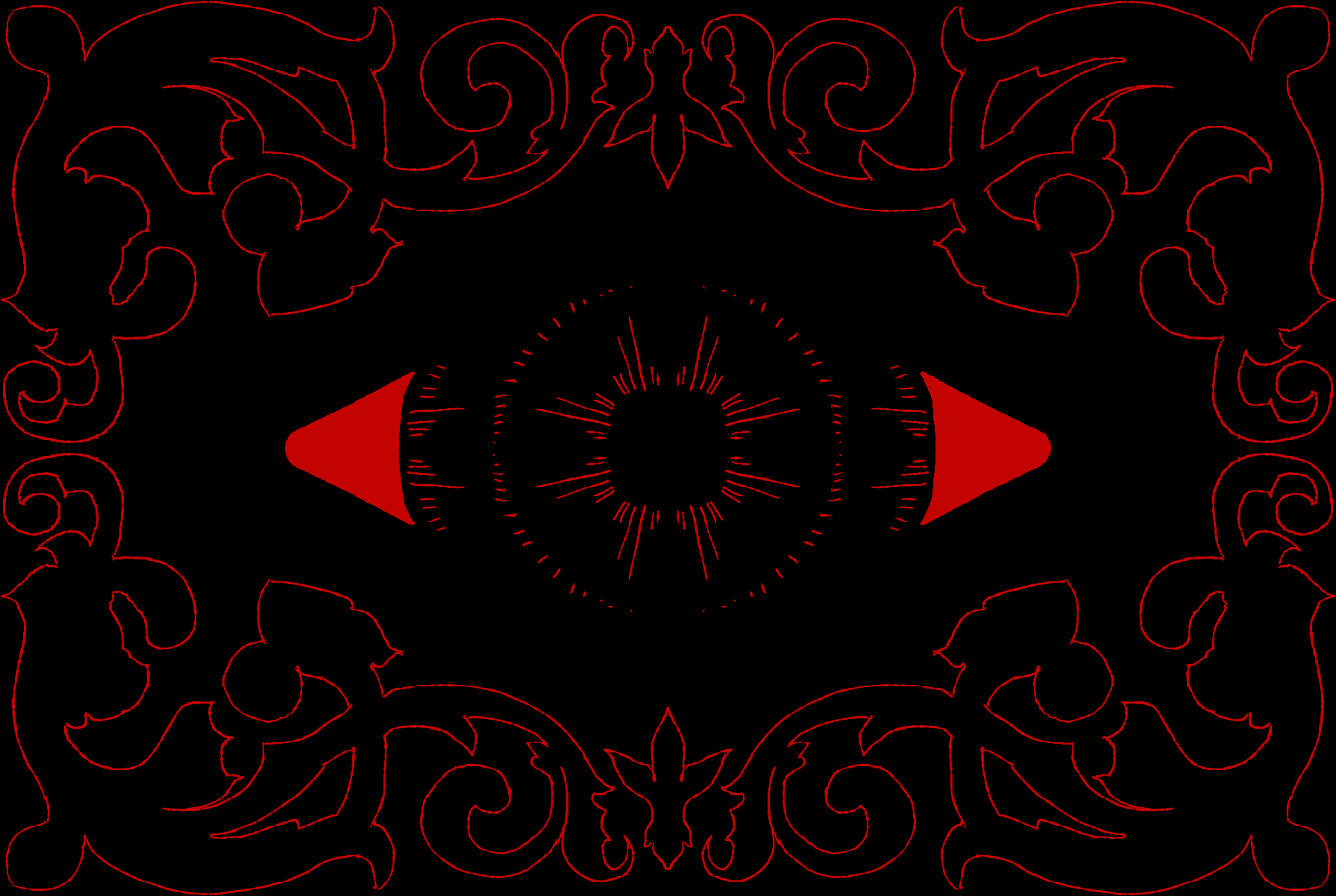
Adapted from the introduction of Mirror of the Invisible World, published by the MET for the opening of the new Islamic galleries in 1975.
—⁘—
In this publication from the MET, three stories from the Khamsa— one featuring the Persian literary character Farhad— have been retold in prose for the contemporary reader. Since a direct translation of the Khamsa would result in nearly sixty thousand lines, or some fifteen hundred pages, the stories have been abridged in the retelling. We hope to be forgiven by the specialists for taking these liberties; indeed, we have taken them in an attempt to present Nizami's wonderful tales as living literature and to convey in them the spirit of the poet.
—⁘—
The beauty of the Khamsa of Nizami is unsurpassed in Persian literature. Sensuous, dramatic, gracious, and refined, these epic poems display Nizami's genius for linguistic invention and psychological characterization— a talent imitated by hundreds of poets since his time, but never equaled.
Written during the last thirty years of the twelfth century a.d., the Khamsa consists of five long poems or masnavis. The first is "The Treasury of Mysteries," a didactico / philosophical / mystical treatise. The remaining four— "Khosrow and Shirin," "Layla and Majnun," "The Seven Princesses," and "Alexander the Great"— are romances. Both the form and content of these poems constitute a breakthrough in Persian poetry which, until Nizami, found its most perfect expression in the more limited heroic genre, the sonnet, panegyric ode, or quatrain.
In his second major work for the Khamsa, "Khosrow and Shirin," Nizami focuses on historical romance. Its introduction records his cynicism toward public opinion as well as his desire to be acclaimed:
"Possessing a treasure like my
Why should I bother myself
In today's world, however,
Who hasn't a passion for romances."
"Khosrow and Shirin" proved to be a literary turning point not only for Nizami but for all of Persian poetry. Its dazzling use of language reached new heights; its emphasis on human rather than heroic elements and its intense delineation of the inner life of a broad range of characters were entirely original. Furthermore, it was the first poem in Persian literature to achieve complete structural and artistic unity.
Nizami was conscious of his gifts and used them with joy and deliberation. Poets, he said, are the "princes of words." "Poetry is the mirror of what is visible, and what is invisible... the curtain of mystery, the shadow of the prophetic veil... The temple of poetry was built by me," he declared, "and the art of poetry has been freed from earthly bounds.. All beings, young and old, have been excited by the magic of my words."
Artisans were particularly dear to Nizami. Painters, sculptors, architects, and musicians are carefully portrayed and often play crucial roles. The artistic accomplishments and the loyalty of the painter Shapur and the devotion and engineering feats of Farhad create a far more lasting impression than do the errant adventures of the titular hero, King Khosrow.
Nizami's strong character, his social sensibility, and his poetic genius fused with his rich Persian cultural heritage to create a new standard of literary achievement. Using themes from the oral tradition and written historical records, his poems unite pre-Islamic and Islamic Persia. Written in the masnavi poetic form, each line consists of two rhyming distichs independent of the other lines, similar to the doublet in Chaucer's Canterbury Tales. This form had long been used for narrative heroic and didactic poems, but through the imaginative artistry of Nizami it gained a splendor and flexibility never before achieved.
—⁘—
During the last quarter of the twelfth century, Seljuk supremacy was on the decline and political unrest and social ferment were increasing. However, Persian culture characteristically flourished when political power was diffused rather than centralized, and so Persian remained the primary language, Persian civil servants were in great demand, Persian merchants were successful, and princedoms continued to vie for the services of Persian poets. This was especially true in Ganjah, the Caucasian outpost town where Nizami lived. According to literary historians, Ganjah was a major center of cultural activity. During the Seljuk period it boasted at least seven important poets writing odes, panegyrics, and satiric, lyric, and epic poetry.
Of these, Nizami was unique. His work is a synthesis of Persian literary achievements up to his time — the heroicness of Ferdowsi, the fatalism of Khayyam, the humanism of Sana'i, the lyricism of Unsuri and Farrukhi, and the eroticism of Gurgani. Nizami enlarged this rich and varied tradition with contemporary mysticism, with his encyclopedic knowledge, and with his sublime poetic gift. The breadth of his thought and the beauty and invention of his imagery are still without equal. The fourteenth-century master poet Hafiz wrote of his work: "This Ancient Vault contains nothing beneath it comparable for the beauty to the words of Nizami."

Excerpt from "Mirror of the Invisible World"
The Introduction of Shirin
—⁘—
Now Khosrow's dearest friend and second self was the youth Shapur, a painter of great skill and self-confidence. "When I draw a person's head, it moves; the bird whose wing I draw will fly," he was wont to boast. It was said of Shapur that his art was so magical that he could draw pictures on water. At portraiture Shapur excelled; he could capture not only the likeness but the subject's very soul.
A born adventurer, Shapur had traveled far and wide. One day, while recounting to Khosrow the many marvels he had seen, Shapur told of a journey to Armenia. He praised the beauty of the mountains, the splendor of the court, and the Armenian queen Mihin Banu. A woman of great wealth and property, Mihin Banu had no husband, yet passed her life content and was stronger than any man. But above all he praised the queen's niece, Shirin. "Her face is a wild rose, and her lips are as sweet as her name. Her charming words please everyone, and she has been chosen as the heir of Queen Mihin Banu. Never have I seen a maiden as enchanting as Shirin! And never have I seen anything like the queen's black horse Shabdiz!"
"Shirin! Did you say Shirin? How astonishing! How fortunate!" Then Khosrow told his friend about the dream where he had been promised Shirin, and sent Shapur at once to bring the princess to him. "If she be like wax, impress her with our seal. If her heart be iron, return at once and tell me so that I shall not strike cold iron!"
Thus was Shapur instructed; he promised not to fail. "Fear not, my prince! As long as my brushes and paints attend me, failure has no chance!" And so he departed.

Excerpt from "Mirror of the Invisible World"
The Introduction and Demise of Farhad
—⁘—
Now the palace near Kermanshah was in an unhealthy place, and Shirin thirsted for milk. She would have pastured her own cows, but the fields near the palace were overgrown with poisonous weeds. One night, when she was conversing with the good Shapur, she spoke of her desire for milk, and the painter recalled one Farhad, a youth of great skill and cleverness, who had studied with Shapur in China, under the same drawing master. Now Farhad had mastered the works of Euclid on geometry and the treatise of Ptolemy on the stars, but his accomplishments in engineering and sculpture were even greater. So deftly did he carve as to make even the most obdurate stone sing with joy as he chipped it with his chisel. Moreover he was said to be as strong as two elephants and to have the muscles of a bull.
Farhad was summoned to the palace near Kermanshah. When he arrived, he stood patiently outside Shirin's quarters, with his loins girded, his massive arms widespread. At last Shirin appeared and told him of her need for milk. What was needed was a channel from a distant pasture, where flocks grazed, to the palace. In the far-off field shepherds could pour milk into the trough; it would flow to the palace, where Shirin's servants could draw it for her. As she spoke, Shirin's voice was so sweet that Farhad fell completely in love with her. He stood entranced, scarcely able to comprehend her words. Afterward, when all was explained to him, he took his axe and shovel and set out. Within a month the channel was finished, and in the rock by Shirin's door Farhad dug a pool which was already foaming with milk. When Shirin saw what he had done, she praised him greatly. Unclasping two pearls that dangled from her ears, she gave them to him. Farhad, overwhelmed, fled to the desert, where he wandered, weeping and calling Shirin's name. The wild beasts came to comfort him; the lion was his pillow and the wolf sat at his feet. But his longing for Shirin could not be eased.
Soon, word of Farhad's devotion to Shirin reached Khosrow's court, and Khosrow ordered Farhad brought to him. When Farhad appeared the king showered him with gold. But Farhad stood unmoved — so deep was his love for Shirin. Then Khosrow tested Farhad's love with severe questions, and he was astonished at the youth's determination. At last, Khosrow asked Farhad to cut a road through a grim and towering mountain that blocked a route he wished to travel. Farhad agreed, but only on the condition that if he succeeded, he be given Shirin as his reward. To this Khosrow consented, for so difficult was the task that he was sure Farhad would fail. And so Farhad was taken to Mount Bisotun.
As soon as he arrived, Farhad took his axe and carved from the forbidding stone first an image of Shirin and then one of Khosrow riding on Shabdiz. The images finished, his fearful work began. He labored day and night; so steadfastly did he wield his axe that word of his prowess spread from mouth to mouth. Even as he worked, he became a legend throughout Persia. Indeed, he paused only to gaze upon the likeness of Shirin, to kiss its feet and moan and weep, or to climb to the mountain top and call out to Shirin and plead his love.
When Shirin heard of Farhad's' feat, for there was none in all the land who did not speak of it, she marveled greatly and set out for Mount Bisotun. When he saw her, Farhad so lost his senses that with one hand he beat his chest while with the other he continued to carve the rock. Not knowing what help to offer nor what words to say, Shirin drew a flask of milk from her saddlebag and, with trembling hands, gave it to Farhad. He drank it all in one draught, but it only increased his passion. When Shirin made ready to depart, her horse, exhausted by the steep climb up the mountainside, stumbled at its first step. Farhad lifted both horse and rider onto his shoulders and did not set them down again until he reached the gate of Shirin's residence. He returned to Bisotun, and worked with such ferocity that the road was soon nearly completed.
Khosrow, who kept close watch on his beloved, learned of Shirin's visit to Bisotun and of Farhad's progress. Greatly alarmed at the thought of Farhad completing his task, he summoned his advisers. The eldest of them, a cunning man, counseled him thus: "Magnificence, what is the true purpose of that youth's exertions but to win the heart and hand of the beautiful Shirin?—
—And so a messenger was sent to Mount Bisotun, where he found Farhad cleaving the rock. "Why do you toil your life away like this, among these rocks, my friend?" he asked. "A strong young man like you should wield his chisel on a maiden!"
"I work for my king and for my love," Farhad replied with not a smile and not a break in the rhythm of his axe.
"And who might this love be?"
"Queen Shirin it is I love, for whom I have no words but my labors. Nor have I one more word for you!"
"Queen Shirin! Have you not heard? Shirin is dead but yesterday, taken by a fever. All her palace howls with grief!"
Without a word, Farhad flung away his axe so savagely that the blade split and quivered in the rock. He moaned and for the last time declared his love, for then he threw himself from Mount Bisotun to his death. Now the axe of Farhad had a handle of pomegranate wood, and in the very place where it landed, the handle took root and sprouted into a tree. And even to this day, on the branches of that tree, fruit does grow.
When Shirin learned of Farhad's death, her grief was great. As time passed, she mourned more deeply still, for she understood how true Farhad had been. And she caused a dome to be built over his grave as a place of pilgrimage for faithful lovers. For his part, Khosrow was so tortured with remorse that he did not know a moment's peace. At last he sent a letter to Shirin, lamenting Farhad's fate and soothing her sorrow by reminding her that no one is immortal. Shirin joyfully kissed the letter in three places, and pondered every word. But soon she turned from Khosrow, knowing in her heart that he had crafted the destruction of Farhad.
Now it happened, shortly afterward, that the king's consort Maryam became ill and died. Khosrow wore robes of black and withdrew from his court, but he mourned only for display. In secret he rejoiced; no longer was he bound by his promise to the emperor of Byzantium. Shirin mourned for the princess for the time prescribed, for such was the duty of everyone in the land, but after a long while sent a reply to Khosrow's letter. Gently she reminded the king that there is good and bad in life, weddings and deaths, and now that Maryam was dead, there would be other brides for him. Khosrow, she tenderly wrote, should overcome his grief and take another wife, whereupon Khosrow sent a messenger to tell Shirin that he would marry her at last.



